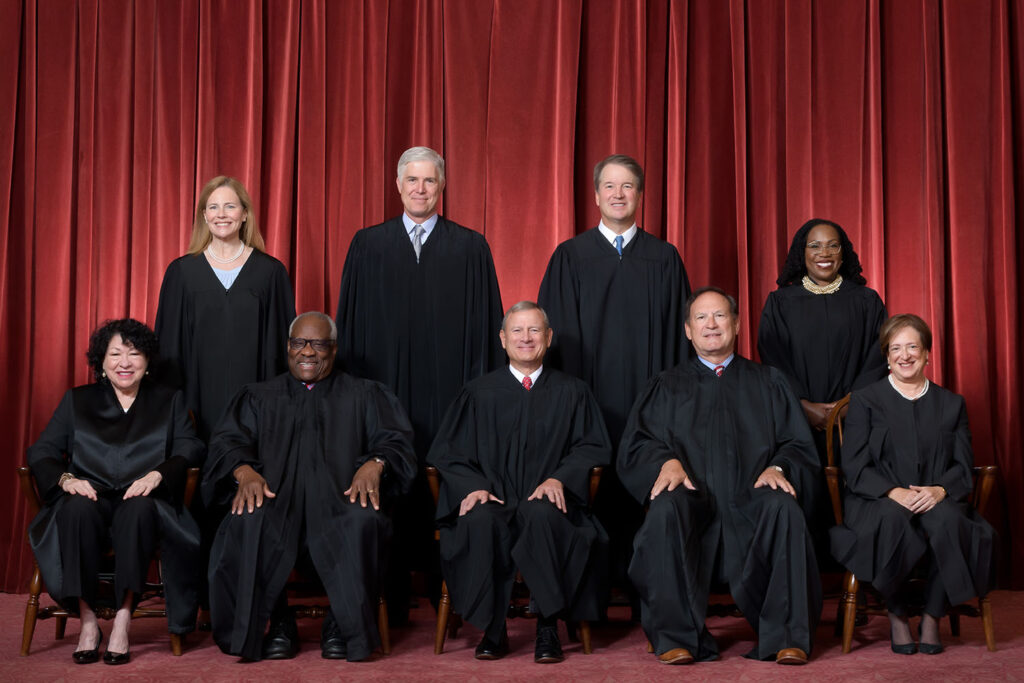Top Federal Appeal Lawyers: Specialist Legal Assistance for Your Federal Appeal
Top Federal Appeal Lawyers: Specialist Legal Assistance for Your Federal Appeal
Blog Article
Demystifying the Refine of Federal Appeals: What You Need to Know
Navigating the elaborate world of federal charms can frequently appear like passing through undiscovered waters for those not familiar with the process. Comprehending the nuances of appellate court jurisdiction, the complexities of filing a notice of appeal, presenting a compelling brief, and making a persuasive oral argument are vital parts that can significantly influence the end result of an instance. By untangling the layers of intricacy bordering federal allures, individuals can acquire a more clear insight into the devices that control this critical point of the legal system.
Understanding Federal Appeals Process
Looking into the complex realm of the federal allures procedure reveals a structured and systematic journey with the judicial system - federal appeal lawyers iowa. Federal appeals offer as a crucial system for reviewing decisions made by reduced courts. Understanding this procedure is important for any individual involved in legal process at the government degree
The process normally begins with a party dissatisfied with a reduced court's judgment submitting a notice of appeal. This activates a testimonial by a higher court, where a panel of judges evaluates the lawful arguments offered by both events. Briefs describing the legal reasoning behind each event's setting are submitted, and dental arguments might be heard to clarify intricate issues.
The appellate court's decision is based on a thorough examination of the lower court's proceedings and the arguments presented. Once the appellate court gets to a decision, it can verify, turn around, remand, or modify the lower court's judgment, giving quality and finality to the lawful conflict.
Appellate Court Jurisdiction Discussed

Appellate courts have jurisdiction over particular sorts of instances, commonly those involving legal errors, procedural problems, or concerns of regulation as opposed to accurate disagreements. The territory of appellate courts is typically laid out in laws and laws that govern the court system. Understanding appellate court jurisdiction is essential for celebrations associated with the charms process as it identifies whether a situation is eligible for review and the extent to which the appellate court can intervene in the lower court's decision.
Declaring a Notification of Allure
The first action in beginning the government charms process involves filing a Notification of Allure with the ideal appellate court. federal appeal attorneys in kentucky. This important document officially notifies the court and the various other parties entailed in the situation that the appealing party means to seek an evaluation of the lower court's choice. Filing a Notice of Charm is a strict procedural demand that establishes the appellate process moving
When preparing the Notification of Allure, it is necessary to make sure conformity with the certain policies and guidelines of the appropriate appellate court. The file has to generally include details such as the situation name, the lower court's name, the date of the judgment being appealed, and a succinct declaration suggesting the grounds for the appeal.
Timeliness is important when submitting a Notice of Charm. Missing the deadline for submitting this record can lead to the allure being disregarded, emphasizing the importance of accurate and prompt initiation of the charms procedure. It is recommended to seek legal advice to browse the complexities of submitting a Notification of Allure properly.
Instruction and Dental Disagreement
In the appellate procedure, providing created briefs and taking part in oral debates play essential functions in advocating for the appealing celebration's placement prior to the appellate court. Briefs are comprehensive legal documents that describe the events' debates, legal authorities, and analysis supporting their placements. These written submissions provide the court with a comprehensive understanding of the truths of the instance, the appropriate law, and why the appealing event thinks the lower court's decision need to be overturned.
Complying with the entry and testimonial of the briefs, dental arguments use the parties a possibility to more clarify their positions, attend to any inquiries the appellate judges may have, and highlight essential points from their created briefs. Oral debates are an opportunity for the lawyers to persuade the judges with verbal advocacy and reactions to questions from the bench.

Receiving the Appellate Court Decision

Final Thought
In conclusion, the government charms procedure is a complicated but critical action in looking for justice. Recognizing the appellate court territory, filing a notice of charm, preparing briefs, and providing dental arguments are all essential elements of this process. Eventually, getting the appellate court decision can offer quality and resolution to lawful conflicts. It is essential to navigate the federal appeals process with persistance and attention to detail to achieve a reasonable outcome.
As we proceed from understanding the government appeals procedure to exploring the details of appellate court territory, a fundamental element comes to light concerning the authority and limits of these greater courts in the lawful landscape. Appellate court territory refers to the range of situations that a certain appellate court has the power to make a decision and assess upon. Unlike trial courts that listen to situations for the initial time, appellate courts are limited to reviewing decisions made by lower courts. Understanding appellate court territory is vital for events included in the charms procedure as it identifies whether a situation is qualified for testimonial and the degree to which the appellate court can interfere in the reduced court's choice.
Whether the appellate court verifies, turns around, or remands the lower court's decision, understanding the effects of the judgment is critical for all parties involved in the appellate procedure.
Report this page